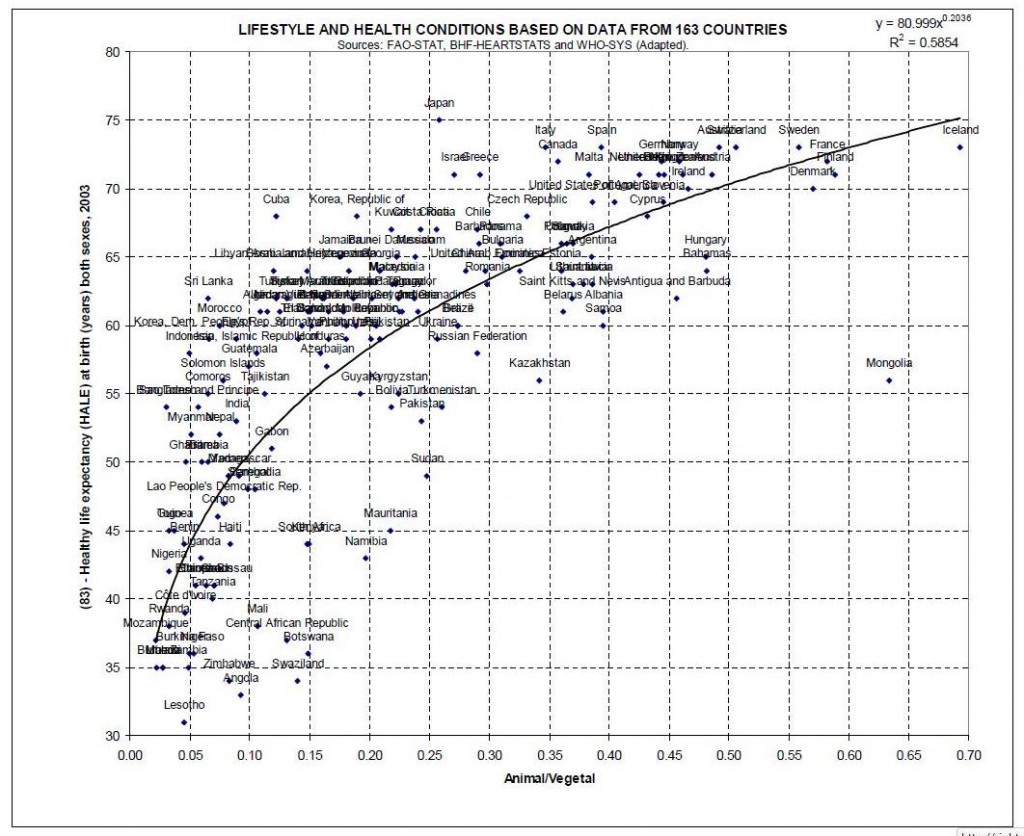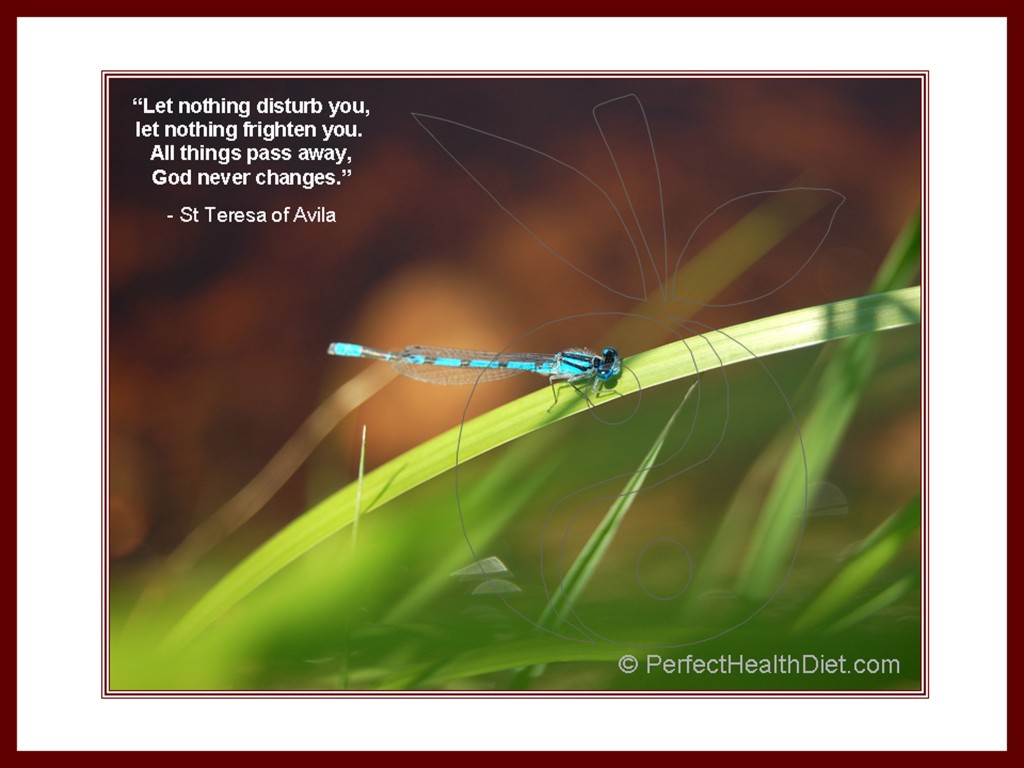We have guests this weekend and so I’ll be brief.
Just a reminder: Our meet-up at the beach is next Saturday, July 23, 4:30 to 6:30 pm, at the Massachusetts state park on the south end of Plum Island, which you access through the Parker River National Wildlife Refuge in Newburyport. I’ll have more detailed directions next week. We’ll picnic and will be delighted to chat, share food, play Frisbee, and just hang out with whoever cares to join us.
[1] Interesting posts this week: Emily Deans has been a rich source of information this week. She touched on an interesting topic – the ability of germs to produce human neurotransmitters:
Lactobacillus and Bifidobacterium species are known to produce GABA. Escherichia, Bacillus, and Saccharomyces produce norepinephrine. Candida, Streptococcus, Escherichia, and Enterococcus produce serotonin. Bacillus and Serratia produce dopamine, and Lactobacillus species produce acetylcholine. That’s pretty much the entire hit parade of major neurotransmitters (there’s histamine and glutamate and a few others – and histamine is known to be produced by some bacteria that infect shellfish, for example, causing food poisoning).
It seems that many bugs may come pre-equipped with tools to modulate human moods and behaviors – if they can infect the central nervous system. No wonder the mechanisms of mental illness are so hard to understand.
Ned Kock explains why fasting might cause weight gain. Stan the Heretic thinks that statins and low-fat diets may cause osteoporosis.
The New York Times gave us evidence that maintaining immune function is the key to avoiding dementia (“Small Woes Increase Risk of Dementia”):
A runny nose, fallen arches and dentures aren’t risk factors typically associated with brain health. But new research suggests that small health problems can add up, and the combined effect can increase a person’s risk for dementia….
Taken alone, none of these health conditions are related to a person’s dementia risk. But when investigators combined these relatively minor physical ailments into a single “frailty index,’’ they found a significant cumulative effect on dementia risk.
Some economists find that food deserts only correlate with obesity, they don’t cause it.
Brian St Pierre finds papers showing that brown rice isn’t more nutritious than white rice. Doug McGuff reports that exercise reduces inflammation in diabetics. Lucas Tafur reports that ketogenic diets help clear environmental toxins.
I was intrigued by the headline “Nutritionists salute First Lady’s burger binge.” It turns out what the nutritionists like is Michelle Obama’s “balance and moderation,” which is to say, her unwillingness to consistently follow her own health advice. I’m inclined to agree: the burgers may improve her health!
Via John Durant, photographic evidence that standing desks used to be widespread.
[2] Music: I believe the musical term for this is “a cupola”:
Via The Brothers Judd.
[3] Good hair day:
Via Yves Smith.
[4] It’s smart to eat rice: Emily Deans, with a hat tip to Jamie Scott, offers more evidence for the superiority of rice to wheat. Apparently kids who eat rice have more brain matter and 5 more IQ points than kids who eat wheat:
Japanese researchers (funded by a national Young Scientists’ grant) studied 290 healthy children ages 5-18 years. In Japan, apparently boiled white rice or white bread make up a typical breakfast. (I remember eating a lot of this cereal plus sugar in skim milk when I was a kid. Kapow!) The scientists were able to split the children into groups of habitual rice-eaters, habitual white bread eaters, and those who consumed both regularly. Then they tested the IQs (using standard measures for kids <16 and a separate standard test for 16 and older), scanned the kids in a MRI, and collected their data. Questionnaires were filled out by the kids or their parents with respect to morning eating habits, health, wealth, etc.
Using varying statistical techniques and a couple varieties of imaging data collection, the researchers found that the gray matter ratios (gray matter volume divided by intracranial volume) were significantly higher among the rice eaters vs. the white bread eaters, even after adjusting for age, gender, wealth, average weekly frequency of eating breakfast, and number of breakfast side dishes. The Verbal IQ in the rice group averaged 104.7, in the bread group 100.3. The Performance IQ was 102.1 in the rice group and 97.9 in the bread group. This difference was non-significant.
As the kids became older, the differences in gray matter ratio increased between bread and rice groups.
If only I hadn’t wasted my youth eating Wonder bread.
[5] Sitting is bad for you: Obesity Panacea cites a review of prospective studies on the effects of being sedentary. It turns out that time spent sitting affects mortality much more than it affects weight:
Based on inconsistency in findings among the studies and lack of high-quality prospective studies, insufficient evidence was concluded for body weight–related measures, CVD risk, and endometrial cancer. Further, moderate evidence for a positive relationship between the time spent sitting and the risk for type 2 diabetes was concluded. Based on three high-quality studies, there was no evidence for a relationship between sedentary behavior and mortality from cancer, but strong evidence for all-cause and CVD mortality.
So a standing desk may not cut your weight, but it will reduce your chance of dying. That’s pretty good.
If you want to lose weight too, try eating some kimchi at your standing desk.
[6] Thomas Edison anticipates the Perfect Health Diet approach?: Every once in a while someone asks if I know of health care providers in their area who are familiar with our ideas and recommend our diet. Chris Kresser, who is located in the Bay Area but can do Internet consultations, is one. I know some other doctors recommend our book – for instance, a woman in the UK wrote to say that her doctor suggested our diet as a treatment for PCOS – but I don’t know their identities.
Well, I can offer another name, because Dr. Jay Wrigley of The Art of Living Center in Charlotte, North Carolina tells me that he is recommending our diet to his patients. That caused me to look up their site and it features this excellent quotation:
Doctors of the future will have less use for medicines of any kind. Instead, they will instruct patients in the proper care of the human mind and body through correct ways of eating, proper care of the human frame and the right attitude that facilitates healing of both the mind and body.
— Thomas Edison
I suppose that this was a failed prophecy: Doctors today must be more dependent on medicines than ever before. Perhaps Edison over-estimated the intelligence of the future. But as prescription, I have to agree. Diet and a healthy lifestyle are keys to good health.
[7] Shou-Ching’s photo art:
[8] Weekly video: As a former physicist with artists in the family, I like to see the two subjects married:





















Recent Comments